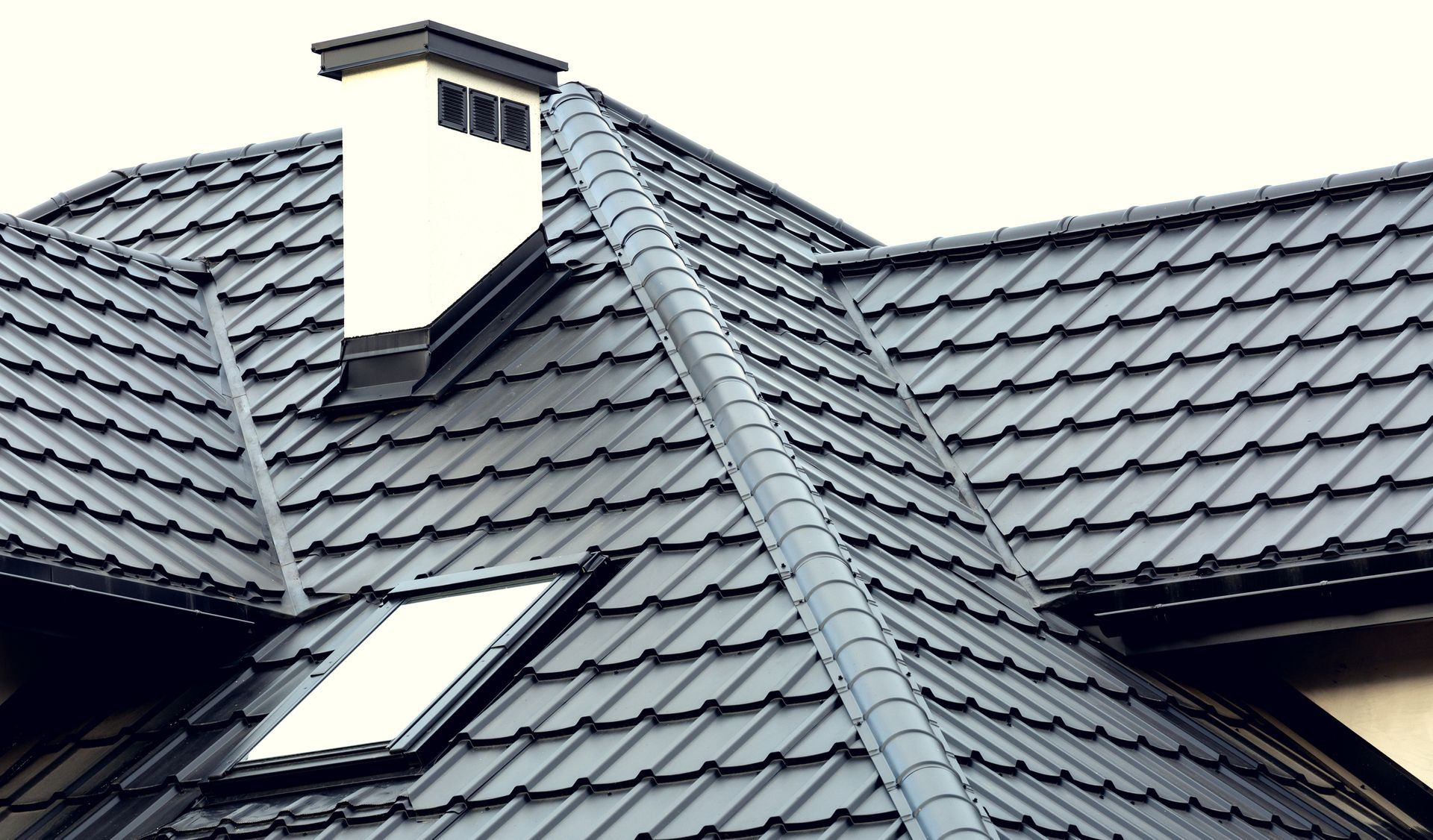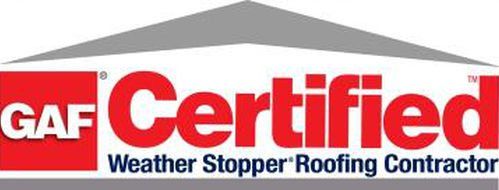Choosing an Insurance Company for Roofing Storm Damage Claims
What Homeowners Need to Know from the Experts at StormRoof Systems
When a major storm hits and damages your roof, your first concern is getting it repaired quickly and correctly. The second? Dealing with your insurance company. Unfortunately, not all insurance carriers handle storm claims equally—some are much easier to work with than others.
At StormRoof Systems, we’ve worked with hundreds of insurance claims across the Chattanooga area and beyond. While we can’t officially recommend one company over another, we can share our insights from the field—and give you tips on how to choose an insurer that works for you, not against you.
Why the Right Insurance Company Matters
When your home is damaged by hail, wind, or falling debris, you need fast, fair coverage so you can protect your property. The best insurance companies are those that:
- Respond quickly to claims
- Communicate clearly and honestly
- Send experienced adjusters
- Approve necessary repairs without delays
- Pay claims in a timely manner
Insurance Companies We Often See Handling Storm Claims Well
While every homeowner’s experience can vary, based on adjusters and policy details, some companies tend to be more efficient, transparent, and cooperative when it comes to roofing claims.
Based on our experience at StormRoof Systems, the companies below are generally considered easier to work with on storm damage claims:
- State Farm – Known for their responsiveness and large adjuster network. Often fair, but very detail-oriented.
- USAA – Consistently rated highly for customer service and efficient claims processing (available to military families).
- Amica Mutual – Smaller but highly rated; they tend to offer personal attention and are easier to communicate with.
- Farmers Insurance – Can be flexible and fair when documentation is thorough.
- Nationwide – Generally proactive with storm response teams and willing to work with contractors.
Note: We’ve also worked with many other insurers—from Allstate and Liberty Mutual to local and regional providers. The results depend heavily on the individual policy, adjuster, and the roofing contractor representing you.
What to Watch Out For
Some insurance companies may:
- Delay inspections or claim approvals
- Dispute legitimate storm damage
- Try to pay for partial repairs instead of full replacements
- Rely on out-of-town or third-party adjusters with limited roofing experience
This is why it’s crucial to have a professional roofing contractor like StormRoof Systems on your side. We know how to document storm damage properly, communicate directly with adjusters, and advocate for the full scope of repairs you need.
Tips for Filing a Successful Storm Damage Claim
- Know Your Policy: Understand what your policy covers before a storm hits, including deductibles and exclusions.
- Act Quickly: Report the damage as soon as possible.
- Call a Roofer First: Before the adjuster arrives, have us perform a full inspection and provide detailed documentation and photos.
- Be Present for the Inspection: If possible, have your roofer meet with the adjuster to ensure nothing is overlooked.
- Get a Second Opinion: If a claim is denied or seems low, don’t be afraid to get another roofing estimate—or file an appeal.
StormRoof Systems Is Here to Help
Navigating storm damage and insurance claims can be stressful—but you don’t have to do it alone. At StormRoof Systems, we work directly with your insurance company to ensure your roof is repaired or replaced properly and covered fairly.
If your home has been damaged by a recent storm, reach out to us today for a free storm damage inspection and claim assistance.
StormRoof Systems – Built to Weather the Storm
Chattanooga, TN & Surrounding Areas
Call now to schedule your inspection and take the guesswork out of your claim








